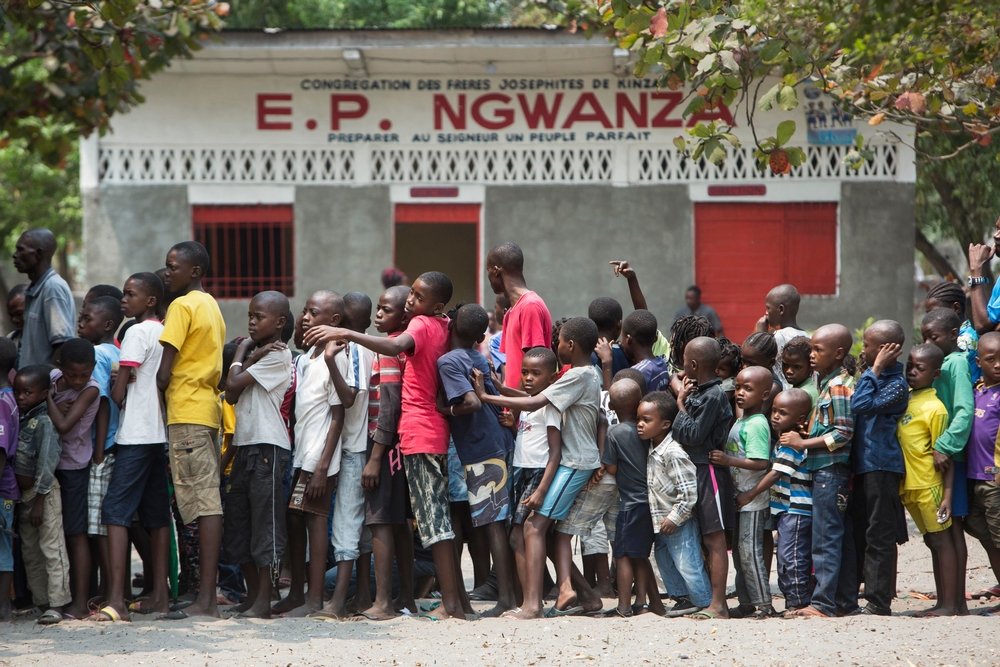
KINSHASA – Doctors Without Borders (MSF) is mobilizing considerable resources to support the authorities in the Democratic Republic of Congo in their wide-scale campaign against a yellow fever outbreak, where 10.5 million people will be vaccinated in the next ten days.
MSF teams are responsible for vaccinating 760,000 people – representing 10% of the capital city’s 7.5 million vaccination target – in three of Kinshasa’s health zones.
To respond to this huge challenge, a total of 103 local Congolese and 58 international staff from MSF will be managing the campaign through 100 vaccination campaign teams consisting of 16 people each. The core MSF team draws on international expertise and skills of staff from 20 different countries including DRC. Some experienced MSF team members from regular projects across the country have been redeployed to work on the vaccination campaign.
To effectively vaccinate people residing in the three health zones the MSF team collaborates with 1,600 ministry of health staff, including nurses who will administer the immunisations.
With vaccination campaign of this scale and urgency there are numerous logistical challenges: planning and managing the movements of 65 vehicle fleet through densely populated neighborhoods, and always ensuring that the cold chain keeps the vaccine at 2⁰C to 8⁰C despite the hot and humid conditions. Every day, the teams need to renew 4,000 ice packs and coolers in different locations where the vaccines are delivered and administered.
According to the World Health Orgranization, since the start of the current central African epidemic in January, Angola recorded 879 confirmed cases and 119 deaths while the DRC confirmed 74 cases and 16 deaths. Yellow fever cannot be cured and the only treatment is limited to alleviating symptoms and it is fatal among 15% to 50% of patients who develop the severe form of the disease.
There is no specific treatment for yellow fever. Preventing infection through targeted vaccinations like this one, are the most effective measure as well as ongoing vector control measures to eliminate mosquitoes and their breeding places.
“Considering that there is a very safe and effective vaccine, this campaign is an essential step to containing the spread of the outbreak, but vigilance will remain crucial in the upcoming months”, says Axelle Ronsse, MSF’s emergency coordinator.
MSF has been responding since the start of the yellow fever epidemic outbreak in the DRC and is currently working in Kinshasa and Kwango province, near the Angolan border.
During May an MSF team already vaccinated the entire population of Matadi (370,000 people) in support to the DRC ministry of Health. In the time between the vaccinations in Matadi and Kinshasa, MSF also committed 2.4 million euros in support of efforts to vaccinate over a million people against the deadly virus.
In addition, MSF does the case management of suspected and confirmed yellow fever cases, and organizes vector control activities to try and control the mosquito population, the carrier of the yellow fever virus.
Find out more about MSF’s work in Democratic Republic of Congo.
